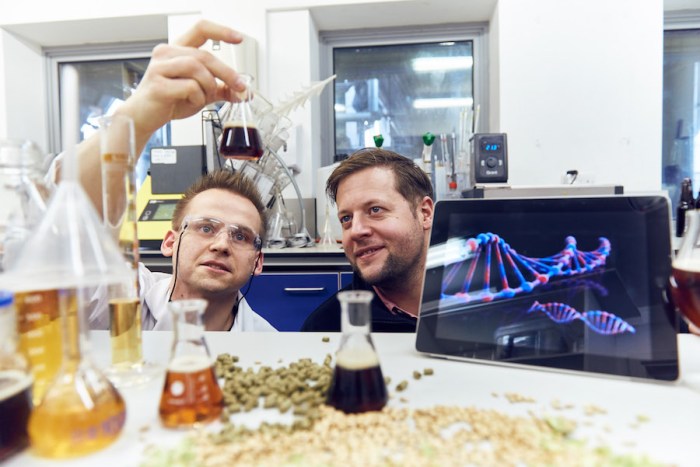Scientists have created the pee-fect solution to electricity problems in poor and remote areas.
The so-called microbial fuel cell, developed by researchers at the University of Bath, Queen Mary University of London and the Bristol Bioenergy Centre, uses urine to create affordable, renewable and carbon-neutral energy for a little over a dollar. When urine passes through the microbial fuel cell, bacteria inside the device generates electricity, which can be stored or used directly to charge electrical devices. Metro spoke to Dr. Mirella Di Lorenzo, professor at the department of chemical engineering at the University of Bath, about how the device could revolutionize how electricity is generated.
How did you come up with the idea for a urine-powered battery?
Wastewater is a great source of organic compounds and it is therefore the perfect fuel for our microbial fuel cell (MFC). We have long been working on wastewater-fueled devices. We realized, however, that working with urine would have been much easier. It is a specific type of wastewater that actually has some advantages for lab-scale tests.It is clear and does not contain suspended solids. This is of particular benefit, as our devices are extremely small (the size of the actual cell is like a coffee bean) and other types of wastewater might cause severe clogging. RELATED:Gap in death rates narrows between rich and poor youths: Study What’s the goal you want to reach?
On average, an adult produces almost 1.5 liters of urine per day, which means over 10 billion liters of urine are produced worldwide per day. Currently this is considered a waste that requires energy to be treated. To give you an example, in England and Wales only, 2 percent of the daily consumption of energy goes into wastewater treatment. We aim to transform wastewater from an energy “issue” into an energy “source.” MFCs do not produce any harmful gasses, work at ambient temperature and pressure. Therefore their design is really easy. Most importantly, as a fuel source, it is something we will never run out of. How does it work?
It is basically a device that converts organic compounds into electricity through the action of specific types of bacteria, which we define as “electric’.” The bacteria inside the cell break down the organic matter into electrons and flow through an external circuit to the cathode thus generating current. Our approach at the University of Bath is instead to “think small,” so we have shown that our MFCs could produce the same energy density of much bigger devices. In what situations could your battery be used?
Smart toilets, which could be in remote areas, as well as in everyone’s houses. Who wouldn’t be happy with reducing their energy bill? We are currently investigating whether MFCs could also be used as self-powered sensors for water quality. Could an MFC power a smartphone?
At the moment, the amount of energy that we generate from a single MFC is really tiny. In theory, it would require approximately 1,000 liters to power a smartphone and stack together a very large number of MFCs. We are aware that this is still far from being a practical application, but with further optimization and miniaturization of our design, we can definitely improve these numbers. RELATED:Women, young more open to gender-neutral bathrooms: Poll Isn’t it uncomfortable to use such a battery?
Does this really matter? If we live in a remote area or if we are from a poor country where electricity from “normal” sources costs a lot, would we really care? And even if we are from a developed country, would we really care if our toilets are installed with a pee battery? What are the benefits of using your battery?
MFC is a carbon-neutral technology that uses waste as fuel. The materials we use are extremely cheap.
What’s next?
We’re working on further improving our design to optimize the energy output and install our MFCs stack in real toilets.
– ByDmitry Belyaev


















